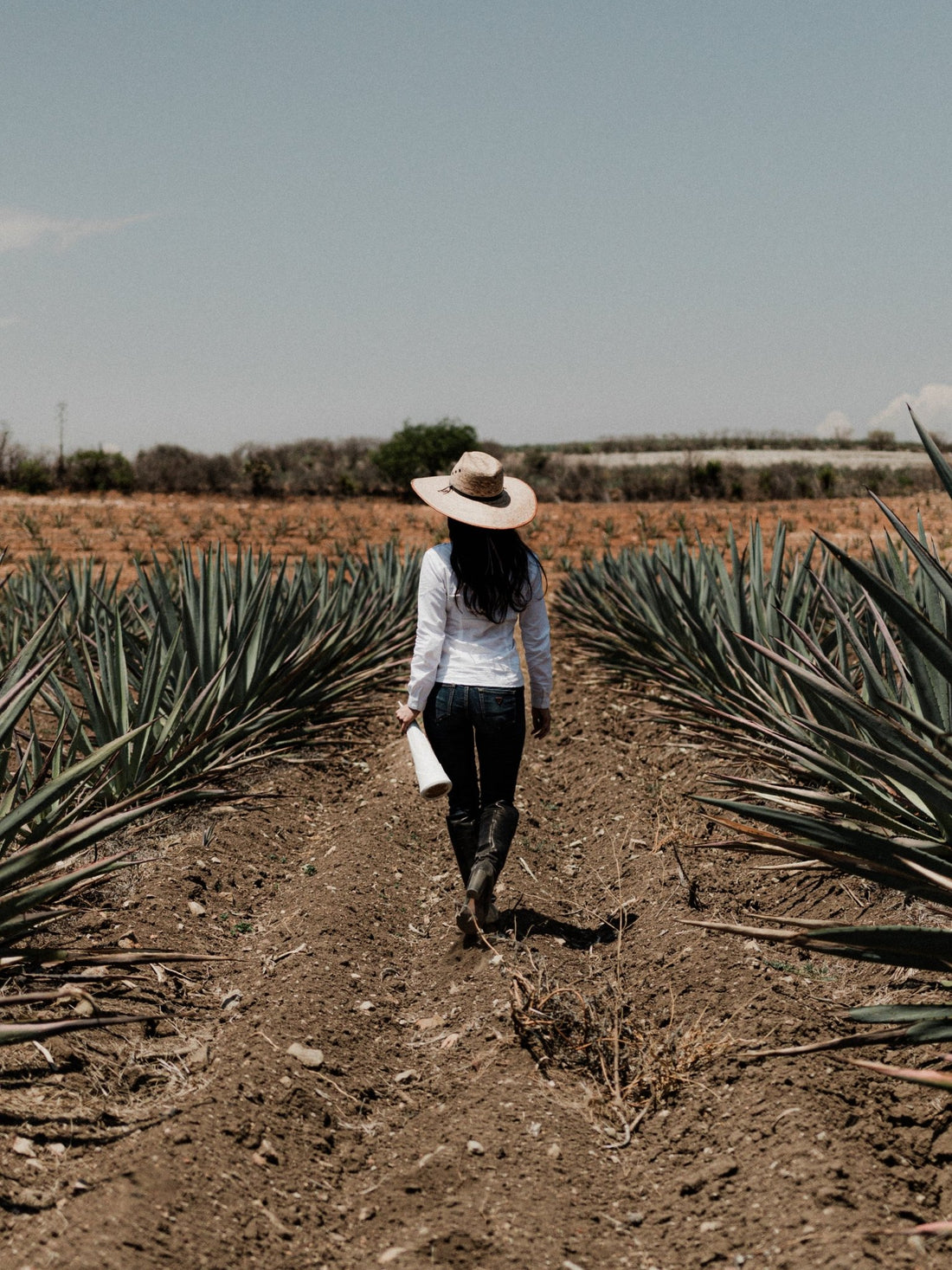
Terroir, Terroir, Terroir!
Why are more and more people talking about the “terroir” in Mexico when it comes to mezcal production?
Firstly, if you haven’t guessed, “terroir” is a French word, rooted in viticulture (wine production). It dates back centuries and is used to describe the soil, climate, altitude, and other environmental factors shaping a wine’s character.
Now, with the growing popularity of mezcal, the word has been borrowed to describe the same environmental influences in agave production. The earliest references I’ve found linking “terroir” to mezcal date back to the early 1990s. However, the concept of terroir has always been integral to mezcal’s artisanal roots—this is not a new idea.
I have noticed that Oaxacans don’t really use the word “Terroir”, they say terruño (terrain), tierra (land), and most Mezcalero’s I have met in Oaxaca, they say monte (mountain or countryside). Terroir is not used often in Oaxaca.
Sometimes I do wonder: why wasn’t the Spanish word “tierra” adopted instead of “terroir”? Perhaps the prestige of French wines influenced this terminology across industries.
Why Does Terroir Matter in Mezcal?
Terroir defines the soil, climate, geography, and ecosystems that influence the agave throughout its lifecycle. In Oaxaca, the diversity of these regions are huge; from highlands and valleys to coastal zones, arid regions (Mixteca), volcanic zones, and rocky cliffs, each area has unique soil types that interact with the agave in ways that directly impact flavour.
Oaxaca is also home to avocado, coffee, cacao, corn, beans, and chilies. These crops thrive in the same terroirs that shape mezcal. Their cultivation impacts the soil microbiome and nutrient cycles, which, in turn, affect agave growth. This interconnected ecosystem adds another layer to mezcal terroir.
For example, the soil in Matatlán, where we produce Bandida, is a lithic soil, meaning in stone / rock (Lithos, Latin: Stone). Lithic soil is regarded as one of the best for mezcal production due to its mineral content and drainage- when these rocks break down over time, they release minerals directly into the soil. This environment forces agaves to grow slowly, which concentrates their sugars and enhances their flavour, another reason Bandida is more on the sweeter side.
Examples of Oaxaca’s "Tierras" (Soils)
Here’s a breakdown of the key soil types and their influence on mezcal flavor:
-
Tierra Volcánica: Mineral-rich soils from ancient volcanic activity. Result: Earthy and mineral-driven mezcal.
-
Tierra Negra: Fertile black soil, although some argue it’s not ideal for mezcal production (Ron Cooper among them).
-
Tierra Salada: Salty soils near coastal or arid zones. Result: Savory, saline mezcal.
-
Tierra Roja: Iron-rich red soil. Result: Earthy, metallic notes
-
Tierra Blanca: Calcium- and limestone-heavy soils. Result: Crisp, clean mezcal.
-
Tierra Amarilla: Clay-heavy soil. Result: Sweet, spicy flavored mezcal..
A Decade of Absorbing the Land
Here’s the extraordinary part: agave spends 7 to 45 years (or more) growing in this soil, depending on the species. For Bandida, it’s roughly 10 years. Just imagine for a moment- during this entire time, the agave slowly absorbs these minerals, nutrients, and essential elements from the tierra. The sugar content of the agave—and ultimately its flavour—is deeply tied to the soil and climate.
This is why the land (or terroir) matters so much.
Natural Fermentation
One of my favourite aspects in the making mezcal is the natural fermentation process. Unlike mass-produced spirits (like many tequilas, beers, and wines), mezcal relies on wild, airborne microbes—the natural yeast in the environment.
After the agave is roasted and crushed, the juices and fibers are left to ferment in open wooden vats. Wild yeast from the air and the local environment ferments the agave sugars into alcohol over 5 to 10 days.
In non natural process with many other spirits, beers and wines; synthetic yeast used is used in fermentation (converting the sugars into alcohol), but with Bandida Mezcal and many other Artesanal Mezcals, the agave sits in the open vats and is naturally fermented by the local environment. This process takes more time, and produces less alcohol but is a far more delicate way of production.
The process is slow and delicate, influenced by:
-
The season: Cooler months slow fermentation, while warmer months speed it up.
-
The altitude: High-altitude palenques have different microbials.
-
The terroir itself: Microbial diversity is shaped by the surrounding crops (listed above), vegetation, and soil.
This is why mezcal is referred to as artesanal—every batch is unique, shaped by the hands of the Mezcalero and the land that surrounds them. However, even though the batches are different, our Mezcalero uses the same techniques and processes, so we are able to deliver the same experience in every batch of Bandida.
In my next post, I’ll dive deeper into the role of water used in mezcal production. From the mineral content of spring water to its effect on fermentation and distillation.


